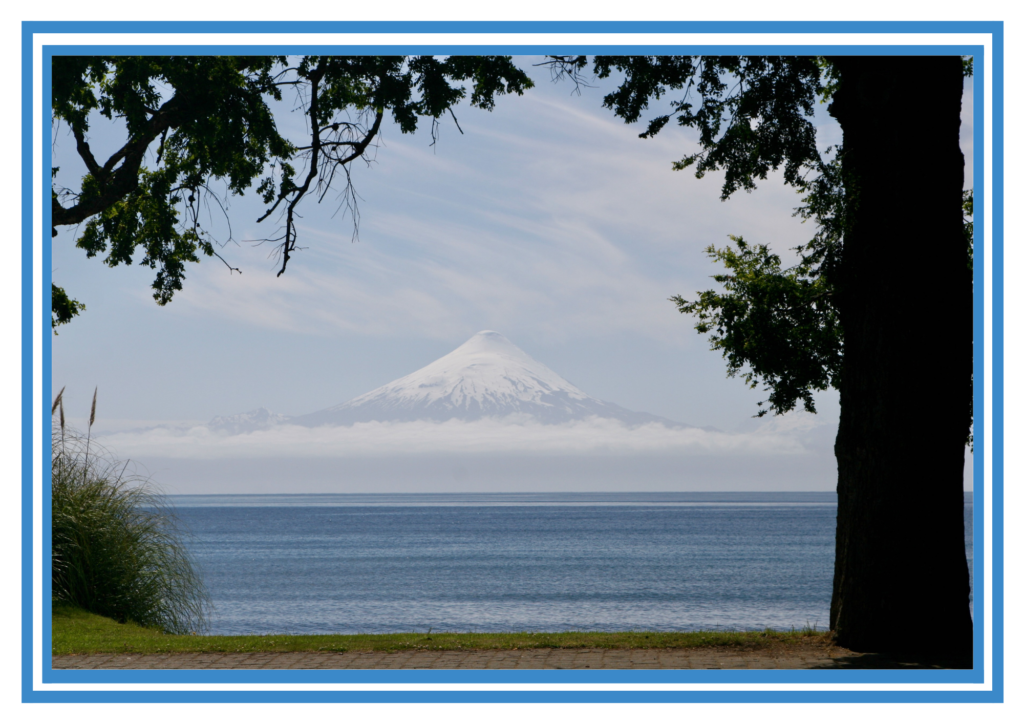Volcano Encounters
As the wife of a geologist, I’ve come to appreciate the wonder of the rocks, minerals and other elements that make up our fascinating planet. Every geologist I’ve met has the same enthusiasm about their career and interests as Tom. They are all a bit rocky! While dating Tom in South Africa, I first learned about geology and driving past some boulders. “Those boulders look like dolomites,” I exclaimed. Tom, with his expertise, responded with a detailed explanation of why the rocks were not dolomites. As we rounded a bend, there they were—fine examples of dolomite! I was right, and he was wrong!
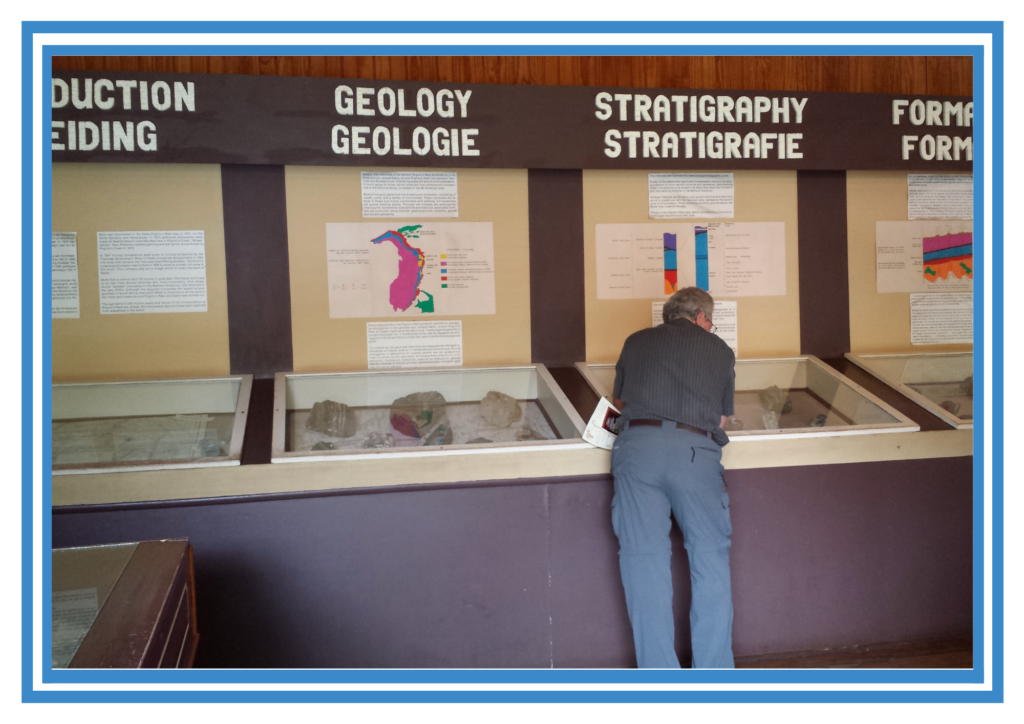
Tom and I hiked up Mt. St Helens shortly after it erupted. In his enthusiasm to reach the crater, Tom left me to struggle up the hot black rocks and humongous boulders, some bigger than trucks! I finally arrived at the rim of the crater, exhausted. Still, Tom, in his element, began explaining stratovolcanoes’ geology to me.
We experienced a mild earthquake on Vancouver Island. I jumped up and yelled, “Where’s my camera?”
Tom jumped up and yelled, “Is it P waves or S waves?” When everything settled down, he finally explained the difference between P and S waves to me.
One of our most exhilarating moments was in Chile, as we travelled from Alaska to Argentina. I pointed to a cloud of smoke and ash and yelled, “The mountain’s spewing!”
Tom looked up and shouted, ‘It’s a pyroclastic volcano!’ I’m not sure how he identified it just from the cloud of ash.
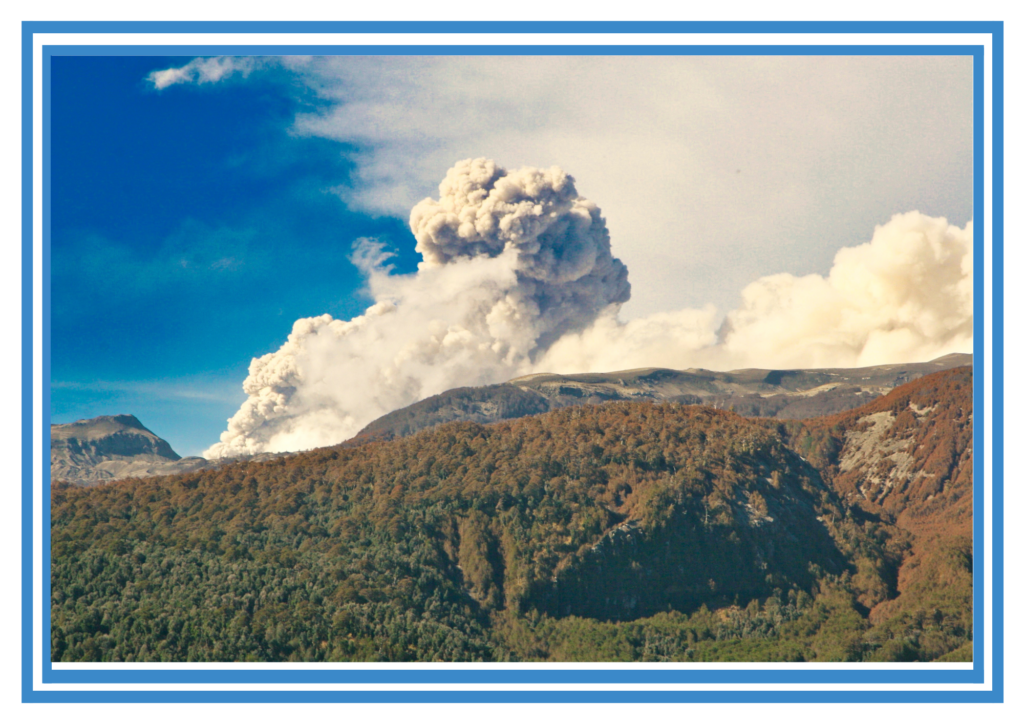
He was driving, so naturally, he turned and headed towards the volcano. When we arrived at the volcano’s base, roads and border crossings were immediately closed. We only just made it but found ourselves trapped with some other travelers at the volcano’s base. As we slept on the ground at night, we felt the earth rumble and shake before the volcano exploded repeatedly into the night sky. I was so excited to be near a volcanic eruption that I didn’t sleep; I just waited for the next rumble and explosion, each one more thrilling than the last.
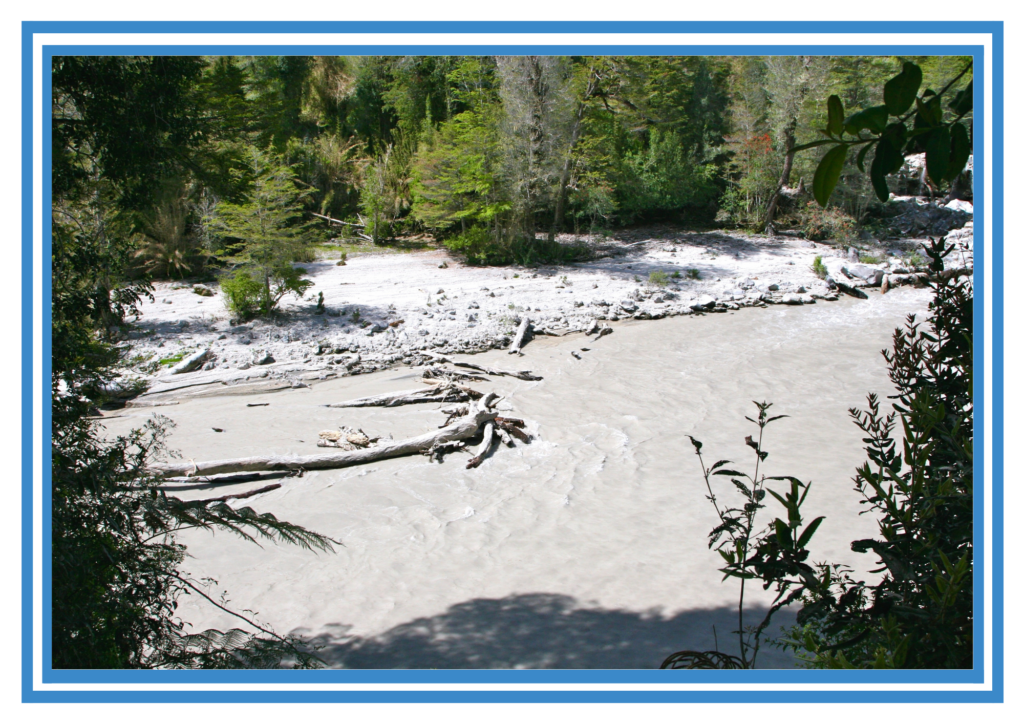
A fun volcano experience was the El Totumo Mud Volcano in Colombia. The volcano cone is 20 meters high and more than 2,000 meters deep. Still, because of the mud’s density and components, it is impossible to sink, or so they say. It took some time for Tom to finally convince me that I would not sink if I stepped into the crater of the mud volcano. He was right; I didn’t sink, the mud was warm, and I only sank to my waist. The experience of being in a mud volcano was both thrilling and unique, and it’s something I’ll always remember.

In Chile, we arrived at Chaitén, a little town buried by ash from the Chaitén volcano. Snow and ice on the volcano melted, and the town was flooded by raging rivers and mud. The village, battered by time, was waiting for decisions to be made as to what would become of the town. A few residents have returned, but it must be like living in a disaster area and a constant reminder of what once was. We chatted with Nicholas, who had lived through the eruption. He spoke of the difficulties, the decisions to rebuild or relocate the town, and how many lost their homes, businesses, jobs, and communities. It’s a stark reminder of the power of nature and how it can humble us when the earth becomes restless.
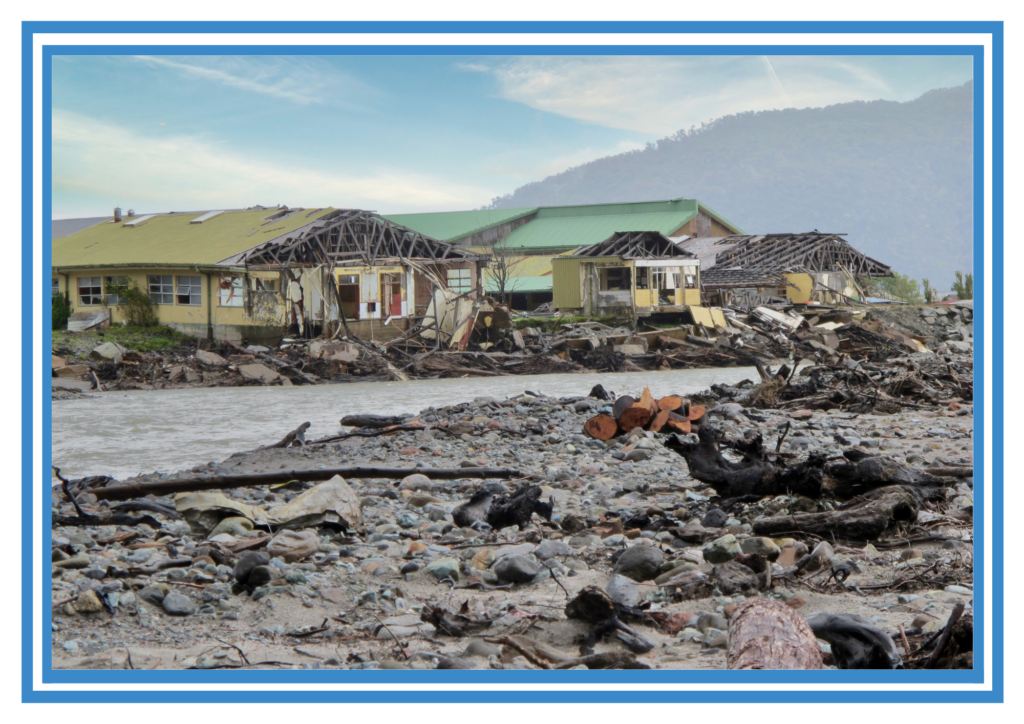
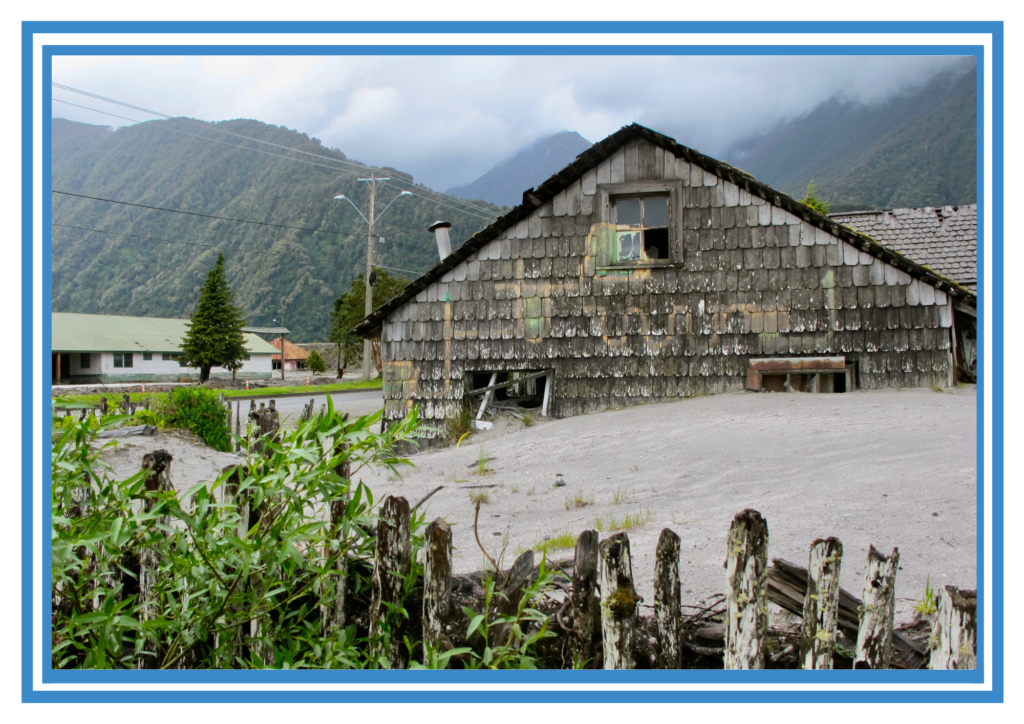
Nicaragua has more than 50 volcanoes. We headed up to see Volcán Masaya, one of the most accessible active volcanoes in the world. We drove up through lava fields, a rugged lunar landscape, to the edge of the smoking volcano crater. Signs in the parking lot warn that vehicles must be parked facing down the mountain, ready for a quick getaway in case the volcano decides to blast some activity. It is eerily beautiful, and we hiked around one crater in the steamy and smelly heat of the Sulphur fumes emitting from the volcano. Then we heard rumbling. We stared down into the caldera and wondered if the volcano is about to roar into action or if it is thunder. We even considered returning to our vehicle when we saw the lightning and breathed a sigh of relief. It was only thunder.
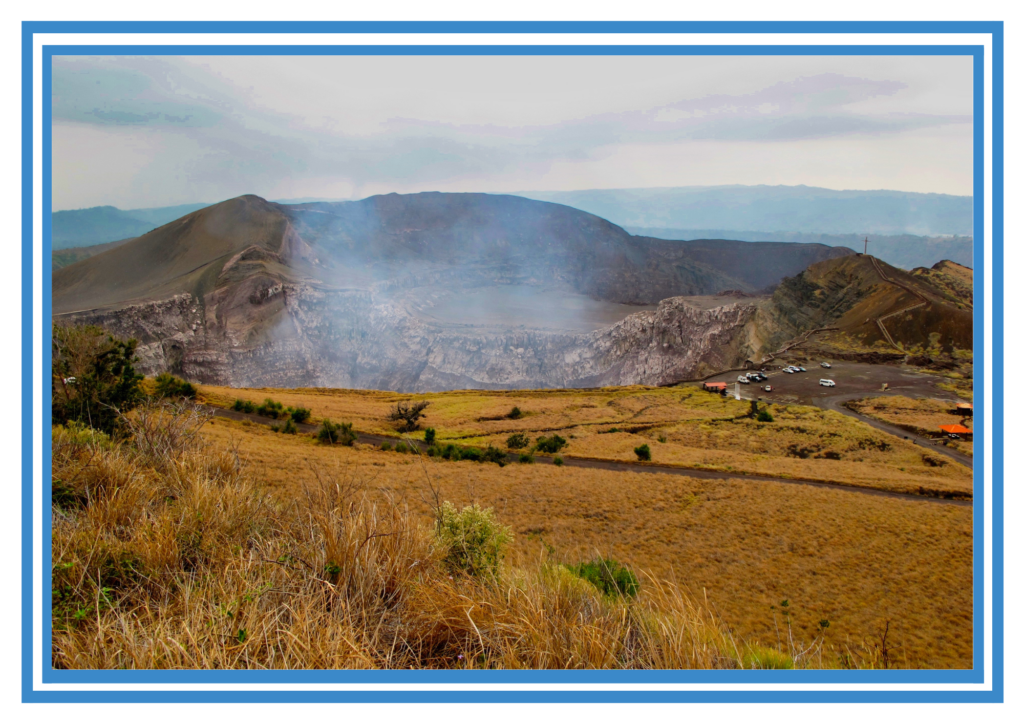
What incredible, inspiring experiences! Moments like these, fuel our passion for exploration and our love for the wonders of the geology of our planet. Sharing these experiences enriches our relationship, and so we have many shared memories that bind us together in our love for the natural world.
